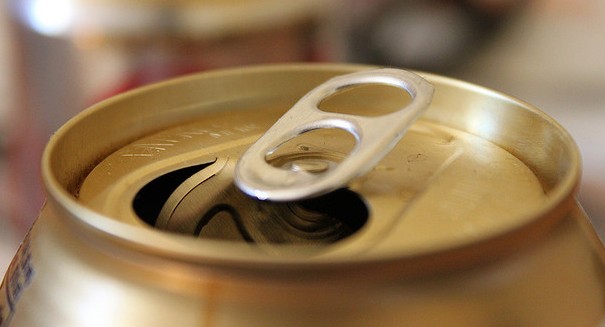
New York City’s soda ban was passed in September 2012.
A study at Columbia University’s Mailman School of Public Health confirmed that a ban on large sodas, like the one Mayor Bloomberg is pushing, would disproportionately affect the obese, not the poor.
New York City’s soda ban was passed in September 2012 and it was supposed to take effect in March. However, at the last minute, a judge in Manhattan invalidated the law on substantive and procedural grounds. The judge determined that the substance of the ban was arbitrary because of which establishments the ban applied to and also determined that the ban did not follow proper procedure by circumventing the city council’s legislative approval. New York City appealed the decision and the court considered arguments last week, but a decision is not expected for months.
Proponents of the law point to obesity and related health concerns to support the need for a soda ban. According to the New York Department of Health, in New York State, an estimated 60 percent of adults are overweight or obese. Spending in New York on obesity-related medical costs is now at $7.6 billion, 81 percent of which is funded through Medicare and Medicaid. Similar trends and concerns are being echoed around the U.S. The Centers for Disease Control and Prevention found that obesity is correlated with other chronic conditions including type 2 diabetes, heart disease, stroke, and some types of cancer.
Opponents of the law contend that it disproportionately targets the poor, making it a discriminatory law. While the judge that invalidated the law did not use discrimination as a reason for invalidating it, the Appeals Court did focus on a need for scientific evidence on the impact. During oral arguments, the judges were questioning the reasoning for the ban, its specific exclusions, and the 16-ounce size limit.
The study, which appears online in the American Journal of Clinical Nutrition, provides some scientific support for the ban. The researchers aimed to understand the demographic effects of a 16-ounce cap on the size of sugar-sweetened beverages served at food-service establishments. Utilizing dietary records, they found that 7.2 percent of children and 7.6 percent of adults would be impacted by the ban on any given day. The affected group contained no significant difference based on income groups. They also found that the cap, if it resulted in selecting one 16-ounce size and not buying more than one portion, could result in a modest reduction in caloric intake.
Leave a Reply